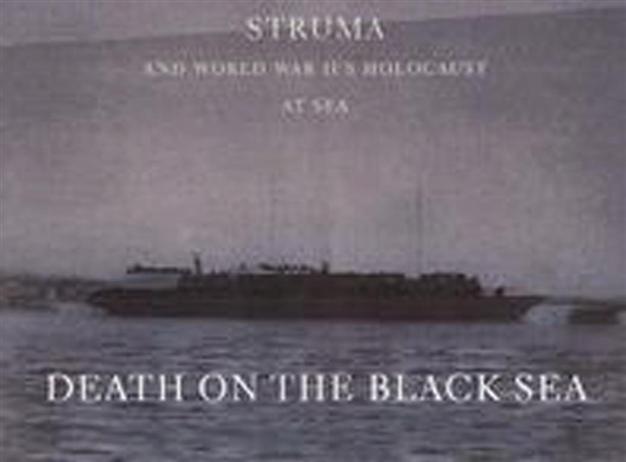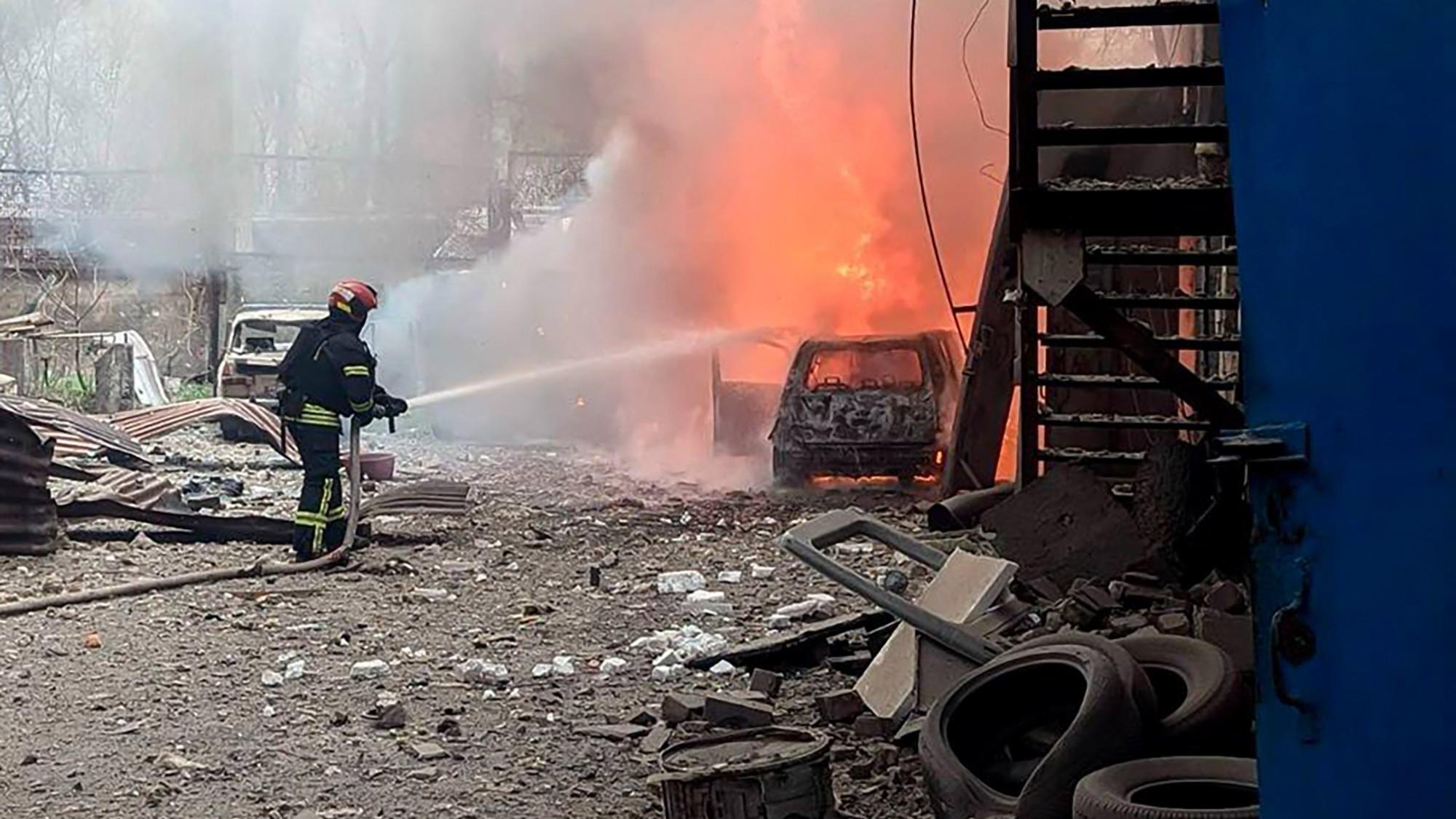Holocaust at Sea : The Struma
William Armstrong - william.armstrong@hdn.com.tr
 ‘Death on the Black Sea: The Untold Story of the Struma and World War II’s Holocaust at Sea’ by Douglas Frantz and Catherine Collins (Ecco, 2003, 25TL, pp 368)
‘Death on the Black Sea: The Untold Story of the Struma and World War II’s Holocaust at Sea’ by Douglas Frantz and Catherine Collins (Ecco, 2003, 25TL, pp 368)The story of the MV Struma ship in World War II is tragic from start to finish. It had previously been used to ferry cattle up and down the Danube, but in 1941 the battered old vessel was enlisted by unscrupulous individuals making fortunes from desperate Jews trying to escape Nazi-occupied Europe. Filled with hundreds of Romanians hoping to be transported to Palestine, the boat ended up being held in the Bosphorus for almost two months, trapped in diplomatic limbo before being cast adrift in the Black Sea, where it was sunk by a Soviet torpedo. Douglas Frantz and Catherine Collins’ unflinching account of the Struma tells of its political antecedents, the aftermath of its sinking, and the story of its lone survivor, David Stoliar. It’s impeccably researched and carefully written, but such an appalling catalogue of inhumanity is often difficult to read.
At the time, Britain held the mandate for Palestine, and was determined to restrict Jewish immigration to the Holy Land, regardless of the horrors of the Final Solution back in Europe. A proposal to partition Palestine into two separate states had been rejected by the Arabs in 1937, after which the British sought to restrict Jewish immigration even more drastically, at the very time when the Jews of Europe most needed an escape route. The British motives were coldly strategic. They wanted to keep a lid on hostilities between Arabs and Jews in Palestine, and also wanted to avoid further antagonizing Arabs across the wider Middle East, who controlled huge reserves of oil considered essential to the Allied war effort. Turkey, meanwhile, was in a delicate position throughout the war. Faced with the constant threat of German invasion, its leaders recognized the need to stay on cordial terms with all sides, in anticipation of the inevitable geographic reshuffling that would take place once the war ended. The country thus maintained a policy of neutrality almost to the last.
Illegal shipping of refugees from Europe was organized by a number of far-from-altruistic characters. Conditions on the migrant boats were invariably perilous, and many such passages ended in death; nevertheless, the pull of Palestine and the push of fascism in Europe far outweighed the risks for those who could afford a ticket. The Struma was one such “rat trap,” packed with almost 800 refugees, which finally departed from the Romanian port town of Constanta on Dec. 12, 1941. Its route was supposed to take it through the Black Sea, the Bosphorus and the Mediterranean to the port of Haifa. However, it had only gone a few kilometers when its engine gave out, and it had to be towed on to Istanbul, where it could supposedly be fixed.
The refugees were forbidden from disembarking, and the Struma soon came to resemble a hopeless “floating cage” trapped in the Bosphorus, unwanted by either the Turks or the British. The Turkish authorities knew that if they refused the Struma passage through the Bosphorus they would be able to discourage all future refugee vessels – possibly containing “subversive elements” – from passing through Turkish waters. These cold calculations ended up prevailing, and on Jan. 23, 1942, the Turks sent a military tugboat, unannounced to the British, to carry the “repaired” Struma out to the Black Sea. On a bitterly cold night, the refugees were then set miles adrift from any shore, where their ship was hit by a Soviet torpedo, fired by a submarine with orders to destroy all neutral shipping. All but one of the refugees on board perished.
The sinking of the Struma was a catastrophe engendered not only on the Bosphorus, but also in the marble corridors of power in London, Ankara, and Moscow. As the authors write: “The passengers were victims of the British geopolitical strategy of keeping the Arabs pacified, the Turkish insistence on maintaining the façade of neutrality, and the heartless pragmatism of the policy of Stalin and the Soviets to starve the German war machine.” The question is whether the incident can be considered as part of the Holocaust, with some arguing that it was not an organized event comparable to the shipping of trainloads of people to gas chambers. However, Frantz and Collins are in no doubt, quoting Ruth Ben-Zvi, who lost a childhood friend on the Struma: “There were Jews who died by starvation. There were Jews who died on forced marches … There were Jews who were killed in police stations. It was a Holocaust. The means of killing doesn’t matter … It is the Holocaust because they died because they were Jews.”
Notable recent release

‘Red Nile: The Biography of the World’s Greatest River’ by Robert Twigger
(W&N, $40, pp 480)










